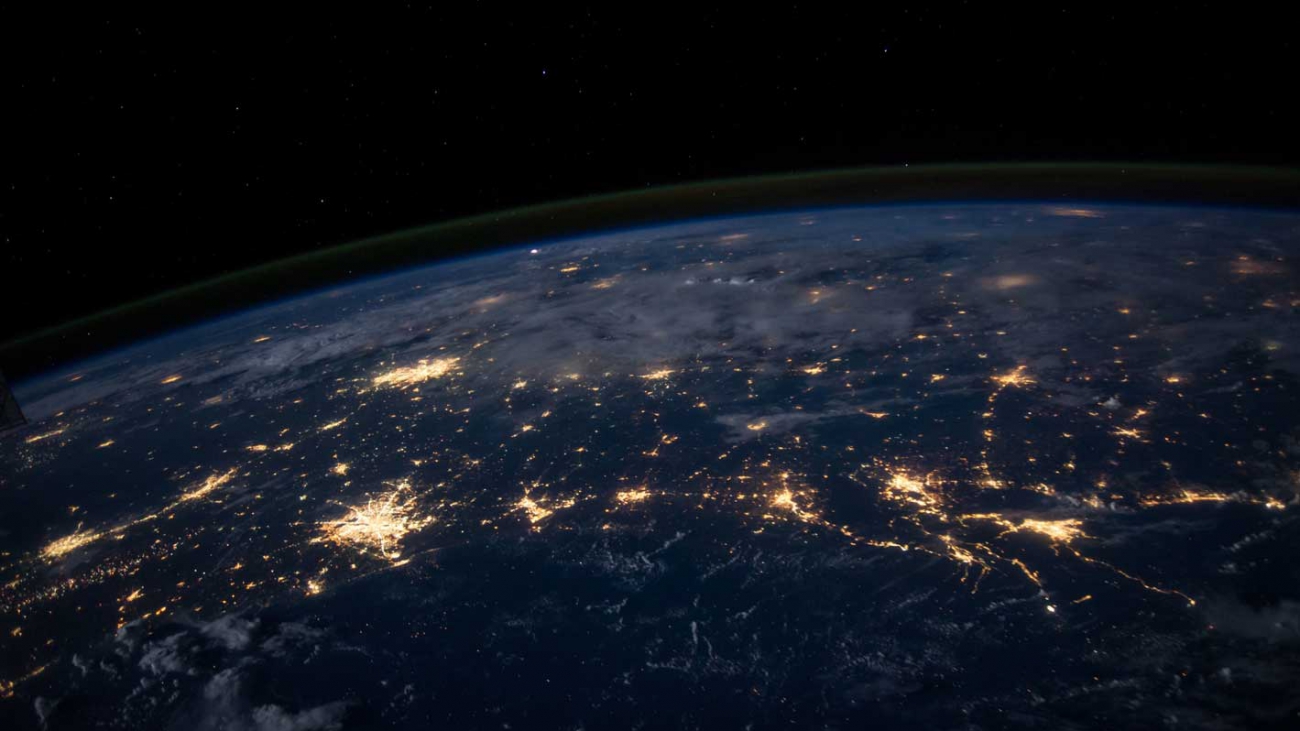2020 will be a defining moment as the most tragic year in our history. It has been an attack on us physically, mentally and greatly affected our social welling. Nothing has compared to it since the Flu Pandemic of 1918.
Economic, emotional and medical worries are omnipresent. We are all enmeshed by the worry and stress our friends and families are facing.
- 1347 – Black Death. From the years of 1347 to 1351, the Black Death caused by plague killed off almost 200 million around the world.
- 1520 – Smallpox
- 1665 – The London plague never really went away from Britain at least after 1347.
- 1918-1920 – The Spanish Flu – also know as the Flu Pandemic of 1918
Public Health authorities globally have long been worried at the prospect of a widespread respiratory illness breaking out, which could be equivalent to that of 1918.
The number of Coronavirus cases to date are 96,116,655 and on Friday 16th January, according to John Hopkins University, the coronavirus pandemic surpassed 2 million deaths, worldwide. This infamous milestone came just over a year after the first Covid-19 death was reported in Wuhan, China.
Whilst these figures are horrifying, many experts believe the real death toll is likely to be much higher. Only cases confirmed as having died are included in this tally of over 2 million. It does not include those people who died without a definite diagnosis. As this virus not only attacks the respiratory system, but also can affect other major organs, it can make it all the more difficult to clarify the initial cause of death.
We are constantly reminded to take precautions against this horrendous decease – wear a mask whenever in contact with others, stay distant, and wash hands frequently. A recent example of the extreme importance of following these rules occurred in Kansas (USA), when the Governor of the State issued an executive order to wear masks in public, but allowed other counties within his State, to make their own choice. Within two months, infections in mask-wearing counties had fallen by 6%, elsewhere, in the same State infections had risen by 100%.
Hospitals in virtually every country, are overwhelmed. Many have a shortage of beds and/or shortage of staff and the staff they have are overwhelmed and exhausted.
Although Covid-19 cases, i.e. hospitalization and deaths continue to increase, there is positive news on the horizon.
PROGRESS is being made in treatments, testing and vaccines. There is a growing agreement about ways to reduce the spread of the infection. Rapid, low-cost saliva tests are being developed. Finally, universal mask-wearing is catching on. The World Health Organization and others are now recommending the use of healthy building strategies such as higher ventilation, better filtration and the use of air cleaning devices. A variety of vaccines have now been developed. Virtually every scientist in the world is focused on expunging this appalling pandemic.
THE PANDEMIC VS THE ECONOMY AND A WAY TO RECOVERY
ThIs pandemic is a global shock ‘like no other’. It has involved simultaneous disruptions to both supply and demand in an interconnected world economy. The infections have reduced labour supply and productivity. Whilst, lockdowns, business closures, and social distancing have also caused supply disruptions. No country, no economy and no society has been spared.
The UN’s trade and development body has provided a roadmap for recovery which requires an opportune shift in the structure of global trade and cooperation.
“COVID-19 has been painful and course-altering, but it is also a catalyst for needed change,” Dr. Kituyi said. “We need to reshape global production networks and reset multilateral cooperation for the better.”
Global production networks will play a critical role in producing and distributing the new vaccine, as they have in moving critical medical supplies during the crisis.
But vaccine deployment will likely expose long-entrenched inequalities in the global trading system that the report says must change to “recover better”.
“Now is the right time to address the weaknesses of globalization that led to the rapid spread of the virus around the world and its uneven economic impacts,” Dr. Kituyi said.
“Such efforts must go hand in hand with the arrival of potential vaccines to market, otherwise we risk reinforcing those inequalities that turned this health emergency into an economic crisis in the first place.”
The UN report says the crisis can be a catalyst for new, more resilient production networks based on value chains that are shorter, and more regional, sustainable and digital.
It is also a chance to make production greener. Global CO2 emissions are on track to decline by 8% this year, or 2.6 gigatons. This is roughly the same reduction that is needed annually for the next 10 years to maintain progress to just a 1.5-degree Celsius rise in global temperatures. As economies open back up, more needs to be done to ensure international production is in sync with the climate emergency.
“Much will depend on the policies adopted and ability to coordinate, both at the international and national levels,” Dr. Kituyi said. “Thus, despite the grim outlook, it is still possible to turn COVID-19 into the finest hour of the United Nations and build a more inclusive, resilient and sustainable future.”
Finally, humans are social animals. We rely on cooperation to survive and thrive. Hopefully in the foreseeable future, we can shake hands, visit our friends, hug, kiss, go to parties, go to the theater, go to the cinema and go to museums, etc. The list is endless and looked forward to with anticipation and joy!! Let’s all yearn for 2021 being the beginning of bringing back a sense of normality and that 2020 will be a nightmare NOT to remember, except to learn from.
SANDY MCINNES
NEWSLETTER EDITOR











